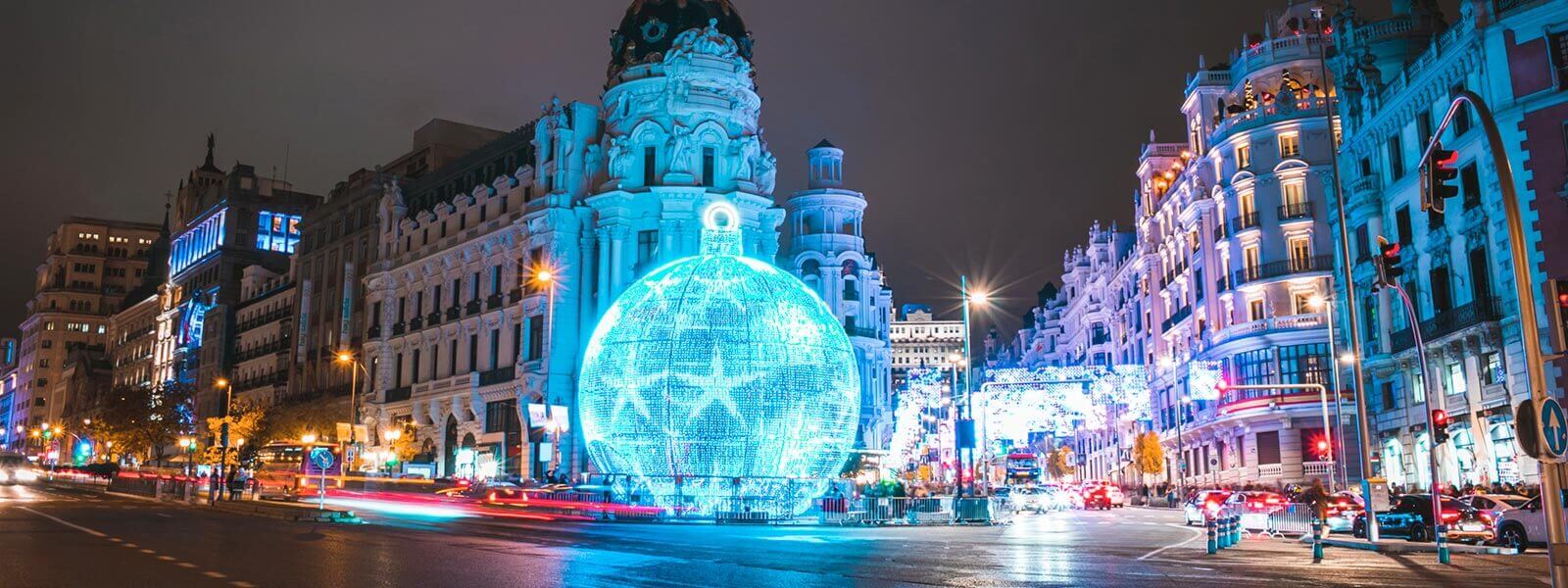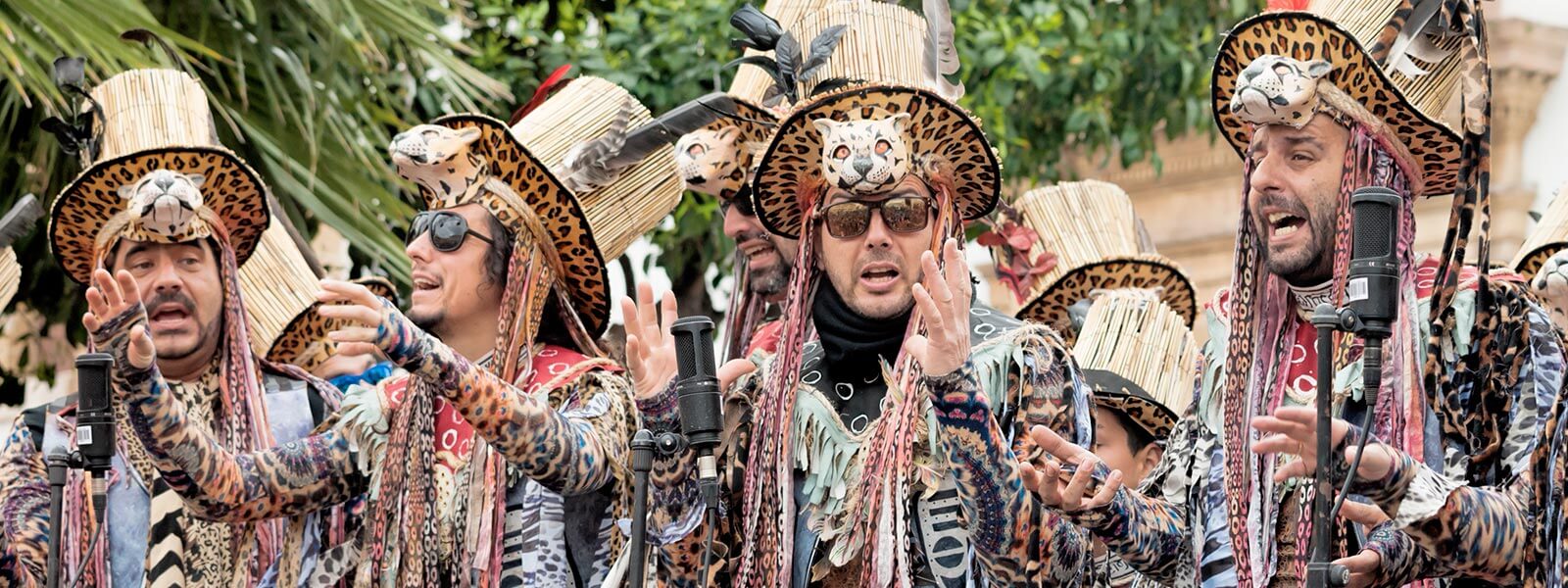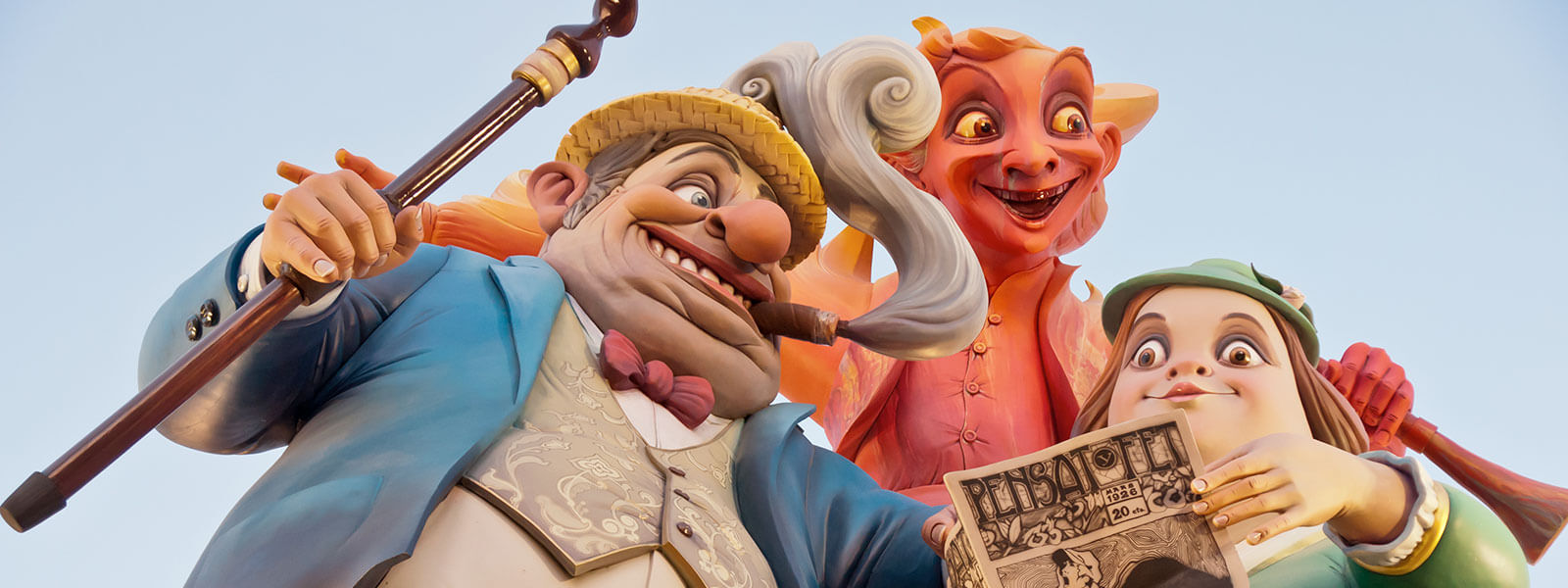
The Holy Week is that time of year when Christians commemorate the Passion, Death and Resurrection of Jesus Christ. It uniquely blends solemnity, gravity and celebration – in fact, there is plenty of celebration. Even though practically every village in the country has its own rites, certain things are quite common. Let us go through some of them.
But before we begin, we should clarify some of our Holy Week’s more complex issues. For instance, some of you may wonder why every year it is different in a different time instead of being like Christmas, which is always the same day. Well, Jesus and his disciples supposedly celebrated the first Holy Thursday at the same time as Jews were celebrating their Easter (which is when they all remember how the Hebrews escaped from the desert). This festivity is always celebrated on the 15th day of the first month of the Jewish calendar, which is based on moon phases as well, so it is not easy to find an equivalency to ours.
The only thing Christians knew for sure was that there was a full moon when Jesus celebrated Jewish Easter. This was the basis for the Council of Nicea’s decision in 325 a.D. to establish Holy Thursday right after a full moon between March and April. Yes, it is kind of complicated. But don’t worry. The traditions we are going to mention now are simpler and also a lot more fun.
If you have been to Spain during these times, you may have noticed that there is a procession going in a lot of places. Different people dressed as Jesus Christ walk around the streets. Scholars can’t seem to agree as to why people do this: some say these processions originated in the secret meetings of Paleo-Christians, where some of them would carry a martyr’s corpse to its tomb. Others believe the habit of carrying a divine image in a procession is a deformation of several pagan customs. They would date back to ancient Greece, where people used to carry a statue of Athenea in order to gain her favor.
It may have shocked you to see some people wearing pointy hats and strange clothes that cover their faces. They are penitents – people who are paying for some kind of sin or are asking something of God. According to tradition, they are dressed like that because it makes them look like cypresses, which in turn look like candles, the traditional symbol of a soul ascending to heaven. However, its origins may well rest on the sambenitos, a style of clothing that, centuries ago, was imposed on people who had committed a sin in order to “mark” them.
You have probably noticed that some people sing in this procession (particularly in Andalusia). These songs – the lyrics of which narrate Jesus’ suffering – are called saetas. They are apparently called like that because they are sung with such passion that feel like an arrow hitting your soul. (In ancient Spanish, saeta was a word for arrow).
Let us move on to literally sweeter pastures now. Just like other countries have a habit of eating your typical Easter Eggs, Spain also has a tradition of monas and torrijas. The Monas are sponge cakes made of flour, egg and, as of recently, chocolate. They are traditionally given to children by their respective godfathers. The Torrija is far more popular: it’s a piece of bread bathed in milk, fried and coated in sugar and cinnamon. Sweets are an important part of Holy Week tradition, since its nutrients replace those of meat, which is forbidden those days. As you may imagine, a mona or a torrija is a very satisfying treat and are and can fill you up pretty easily.
As we have seen, there are several traditions to investigate. But, of course, not all of them fit into a post. We encourage you to ask and investigate. Customs are always interesting and to track down their origins may hold more than one surprise.
-
 Christmas decorations in Spain How are Christmas decorations in Spain? Look at this post and know the curiosities of Spanish houses and their traditions
Christmas decorations in Spain How are Christmas decorations in Spain? Look at this post and know the curiosities of Spanish houses and their traditions -
 Cadiz carnival: A brief history Discover the Carnival of Cádiz, the most popular party in the city of Andalusia, which has the funniest and most naughty songs you've never heard before.
Cadiz carnival: A brief history Discover the Carnival of Cádiz, the most popular party in the city of Andalusia, which has the funniest and most naughty songs you've never heard before. -
 How to construct a ‘falla’ Valencia celebrates its most popular party in style, that of ‘Las Fallas’. It is a celebration based on fire and fireworks. Discover this party
How to construct a ‘falla’ Valencia celebrates its most popular party in style, that of ‘Las Fallas’. It is a celebration based on fire and fireworks. Discover this party

